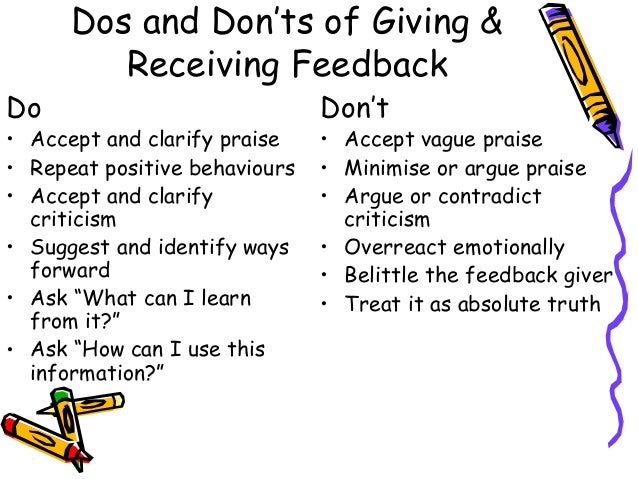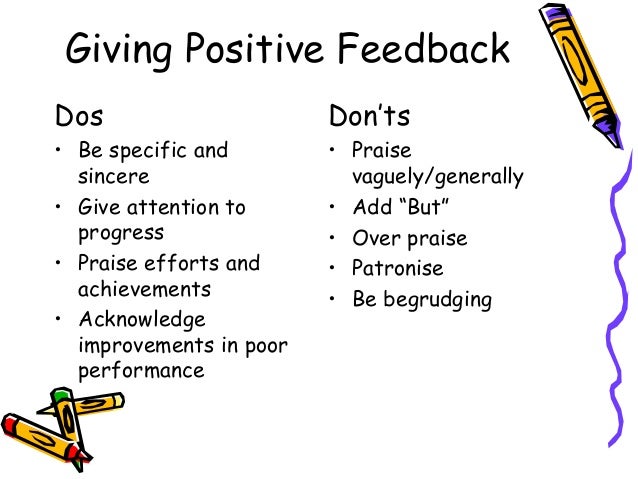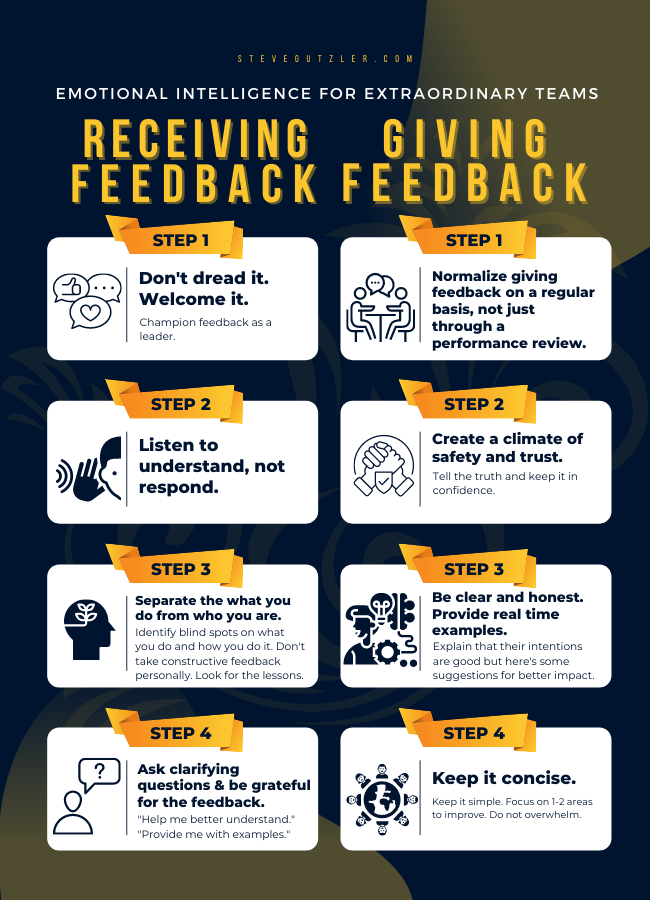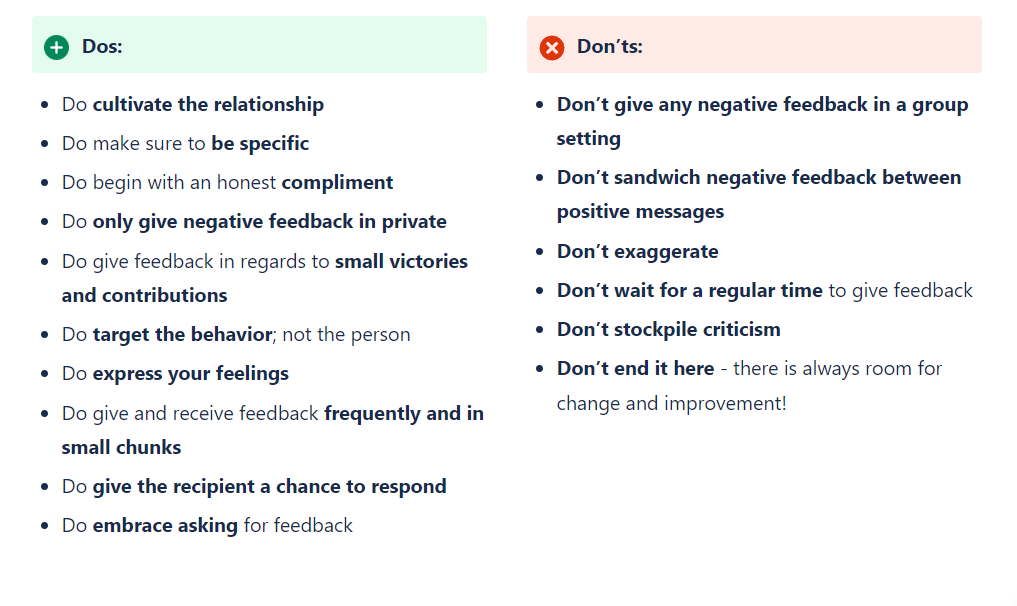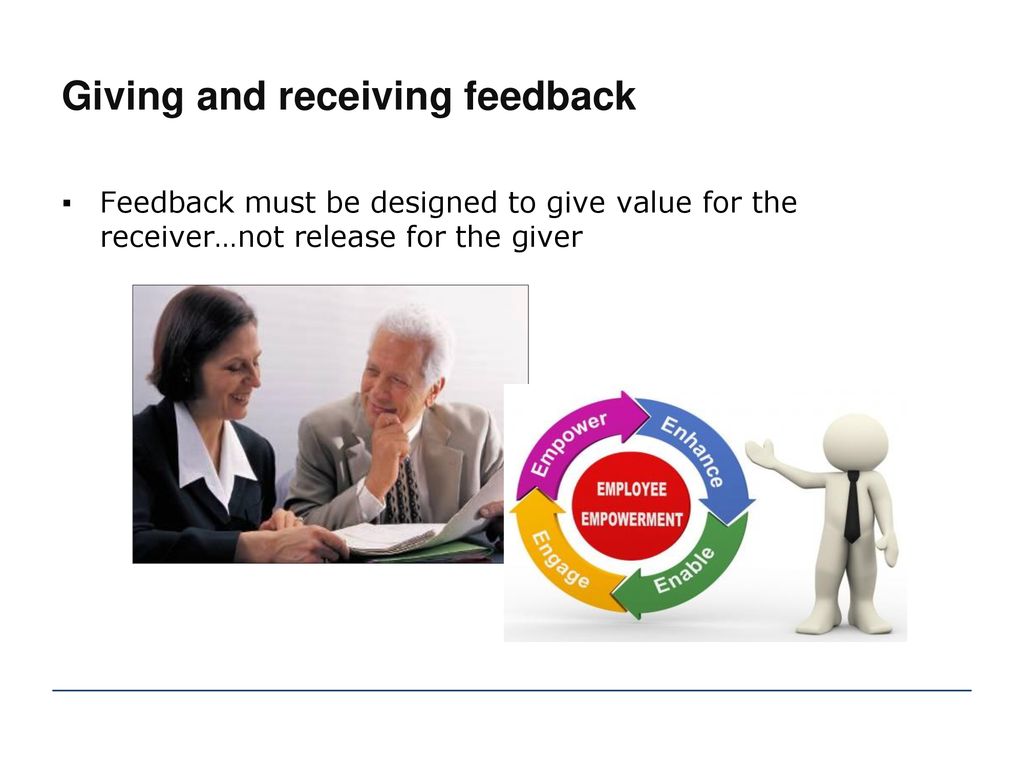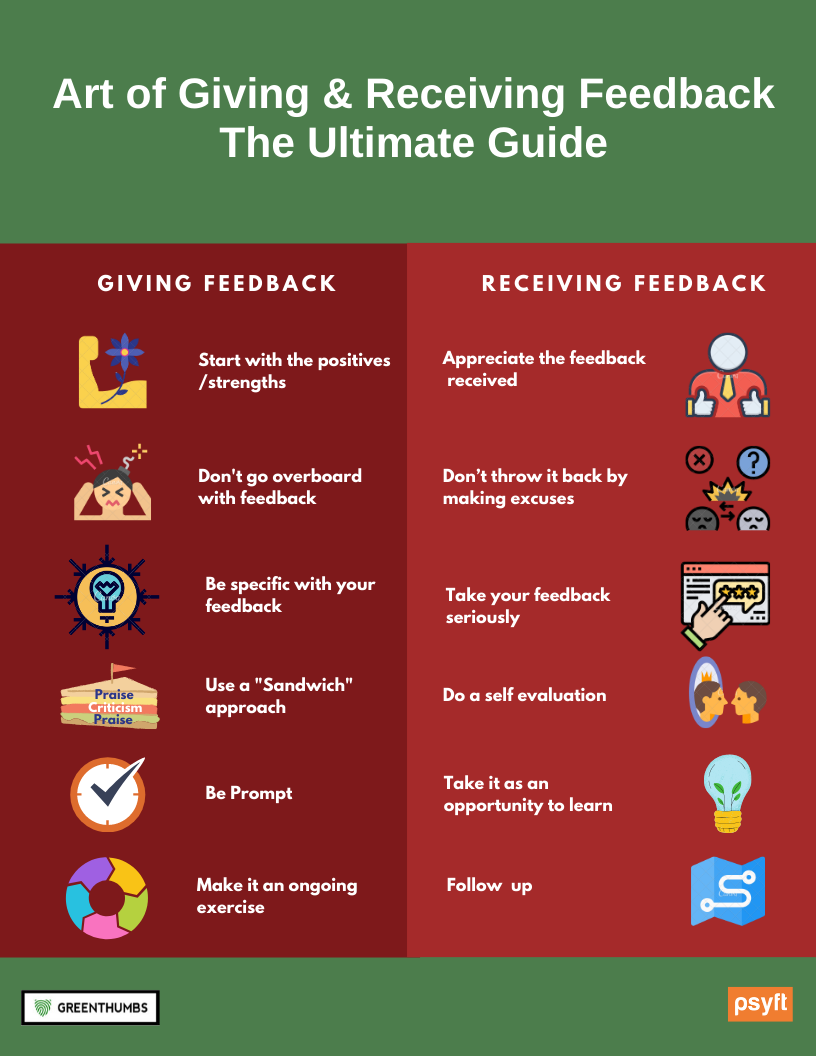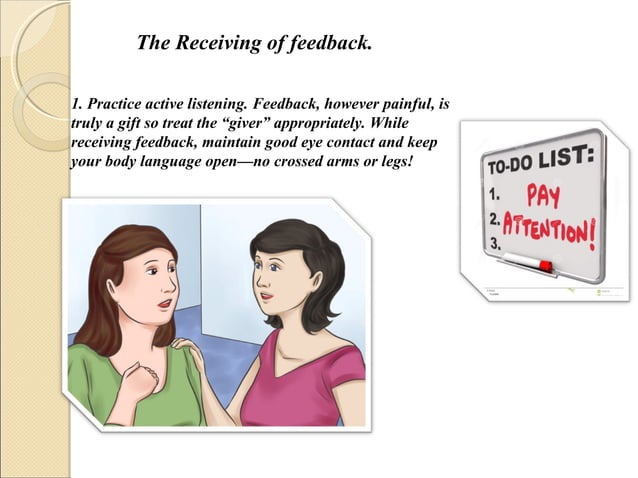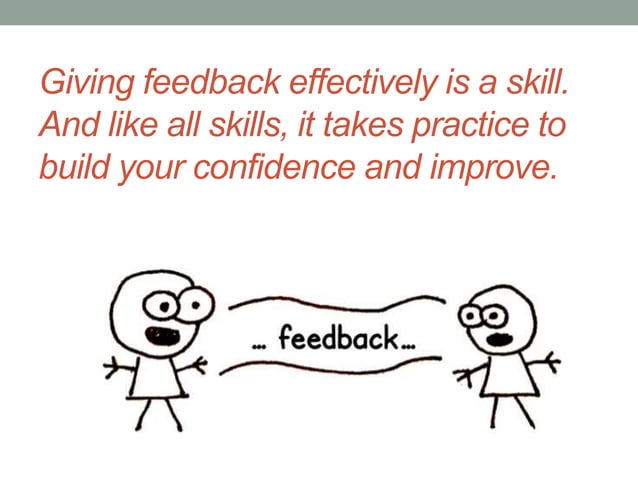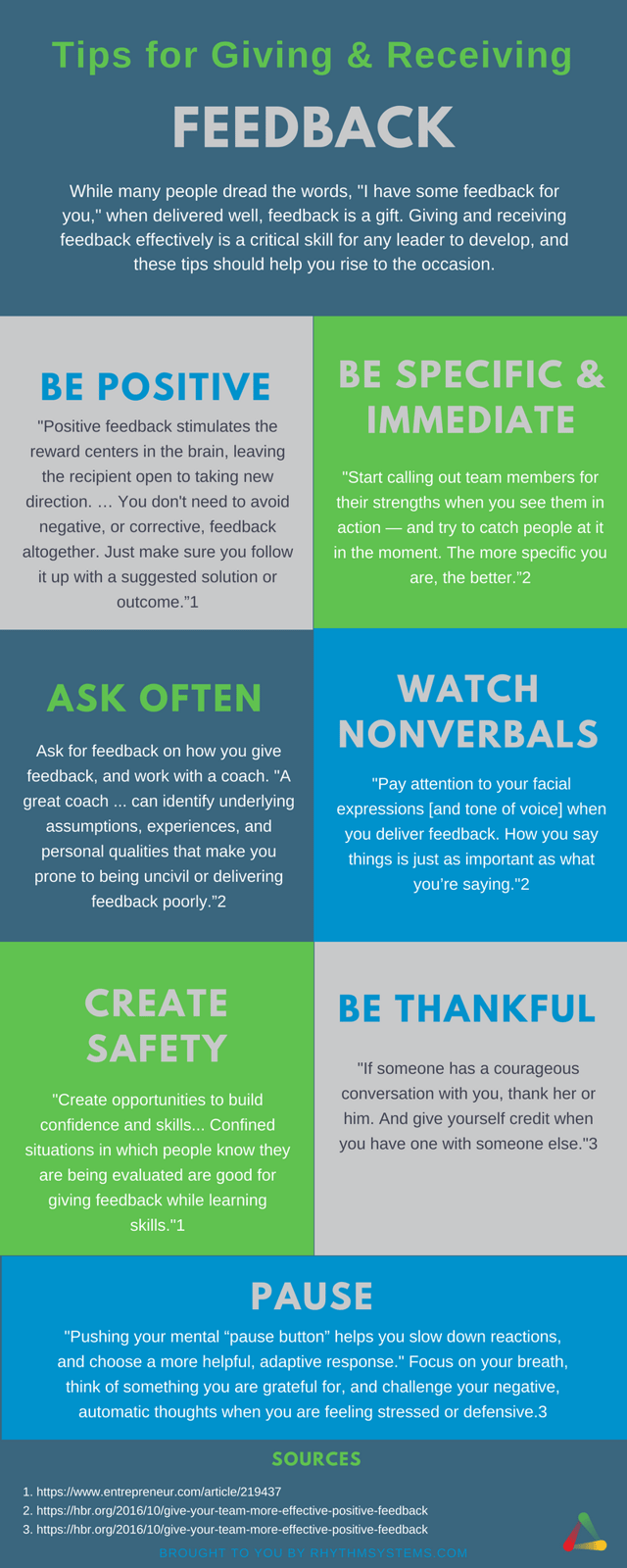Dos And Don'ts Of Giving And Receiving Feedback
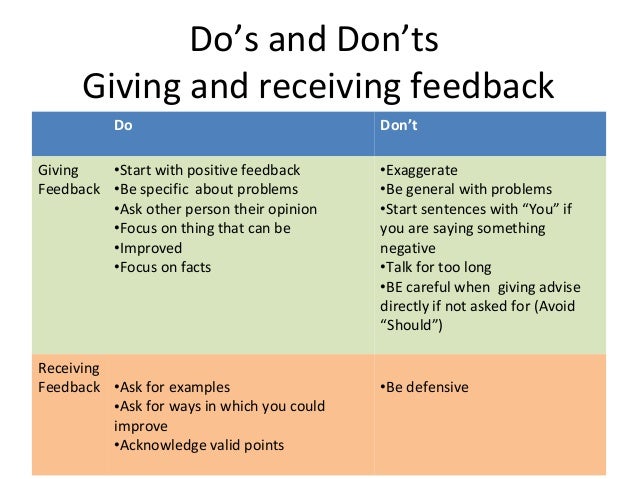
Imagine you're standing on a tightrope, the spotlight hot on your face. Below, a sea of eyes watches your every move. A voice calls out, offering guidance, encouragement, or perhaps, a correction. The quality of that voice, its tone and intent, can either steady your footing or send you tumbling.
This scenario, though dramatic, mirrors the everyday experience of giving and receiving feedback in our professional and personal lives. Effective feedback is crucial for growth, improvement, and stronger relationships. But when delivered poorly, it can damage morale, hinder progress, and breed resentment.
So, how do we navigate this delicate dance? Let's explore the dos and don'ts of feedback, transforming potentially difficult conversations into opportunities for positive change.
The Art of Giving Feedback: Dos
Be Specific and Timely: General feedback like "You're doing great!" is well-intentioned but lacks impact. Instead, pinpoint specific behaviors or actions. For example, "Your presentation at the client meeting was excellent because you clearly articulated the project goals and addressed their concerns effectively."
Timing is also crucial. The closer the feedback is to the event, the more relevant and helpful it will be. Don't wait months to address something that could have been corrected weeks ago.
Focus on Behavior, Not Personality: Criticizing someone's character is rarely productive and often leads to defensiveness. Instead, concentrate on observable behaviors. Avoid saying, "You're always late," and try, "I've noticed you've been late to the last three team meetings. Is everything alright?"
Offer Solutions, Not Just Problems: Identifying areas for improvement is valuable, but offering suggestions makes the feedback actionable. If someone's writing needs work, instead of simply saying, "Your report was unclear," suggest specific resources or strategies, like "Consider using the STAR method to structure your answers" .
Deliver Feedback Privately: Public criticism can be humiliating and damage relationships. Always deliver constructive feedback in a private setting, allowing the recipient to process the information without feeling exposed.
The Art of Giving Feedback: Don'ts
Avoid the "Feedback Sandwich": This outdated technique of sandwiching criticism between two layers of praise often comes across as insincere and manipulative. People tend to focus on the negative message in the middle, negating the positive aspects.
Don't Make it Personal: As mentioned earlier, stick to observable behaviors and avoid making assumptions about someone's motives or character. Keep the focus on the task at hand.
Don't Overload with Feedback: Bombarding someone with a long list of criticisms can be overwhelming and discouraging. Focus on one or two key areas for improvement at a time.
Don't Neglect Positive Reinforcement: Feedback shouldn't only be about pointing out flaws. Regularly acknowledge and praise good work. Positive reinforcement is a powerful motivator.
The Art of Receiving Feedback: Dos
Listen Actively and Resist the Urge to Defend: When receiving feedback, focus on understanding the other person's perspective. Avoid interrupting or immediately offering excuses. Let them finish speaking and then ask clarifying questions.
Ask Clarifying Questions: Don't be afraid to ask for specific examples or further explanation. Understanding the "why" behind the feedback is essential for making meaningful changes. For instance, ask "Can you give me an example of when my presentation was unclear?"
Express Appreciation: Even if the feedback is difficult to hear, acknowledge the other person's effort and willingness to help you improve. A simple "Thank you for the feedback" can go a long way.
The Art of Receiving Feedback: Don'ts
Don't Take it Personally: Try to separate the feedback from your sense of self-worth. Remember that feedback is about your performance, not your value as a person.
Don't Dismiss or Ignore the Feedback: Even if you don't agree with the feedback, consider it thoughtfully. There may be valuable insights that you can learn from. Take time to process and reflect on it.
Don't Dwell on the Negative: While it's important to acknowledge areas for improvement, don't let negative feedback consume you. Focus on developing a plan to address the issues and move forward.
The Bigger Picture
According to a 2020 Gallup poll, only 26% of employees strongly agree that the feedback they receive helps them do better work. This highlights the significant potential for improvement in how feedback is delivered and received within organizations. A culture of open, honest, and constructive feedback can foster a more engaged, productive, and innovative workforce.
Constructive feedback creates a virtuous cycle: when individuals feel heard, valued, and empowered to grow, they're more likely to seek out feedback, contribute their best work, and foster a supportive environment for others.
Ultimately, the ability to give and receive feedback effectively is a critical skill for both personal and professional success. By embracing these dos and don'ts, we can transform feedback from a source of anxiety into a catalyst for positive change. It's about building trust, fostering growth, and helping each other reach our full potential.

